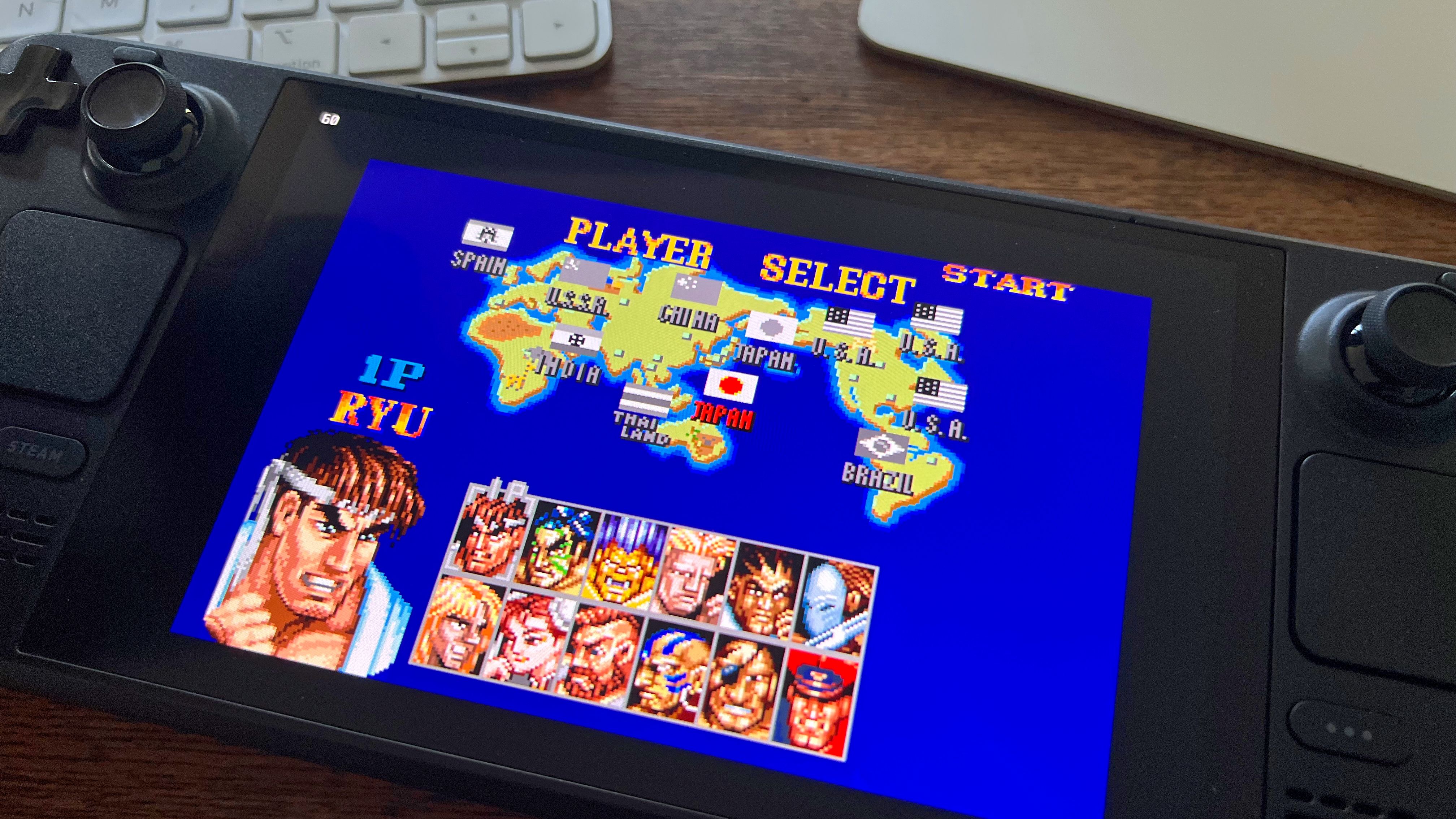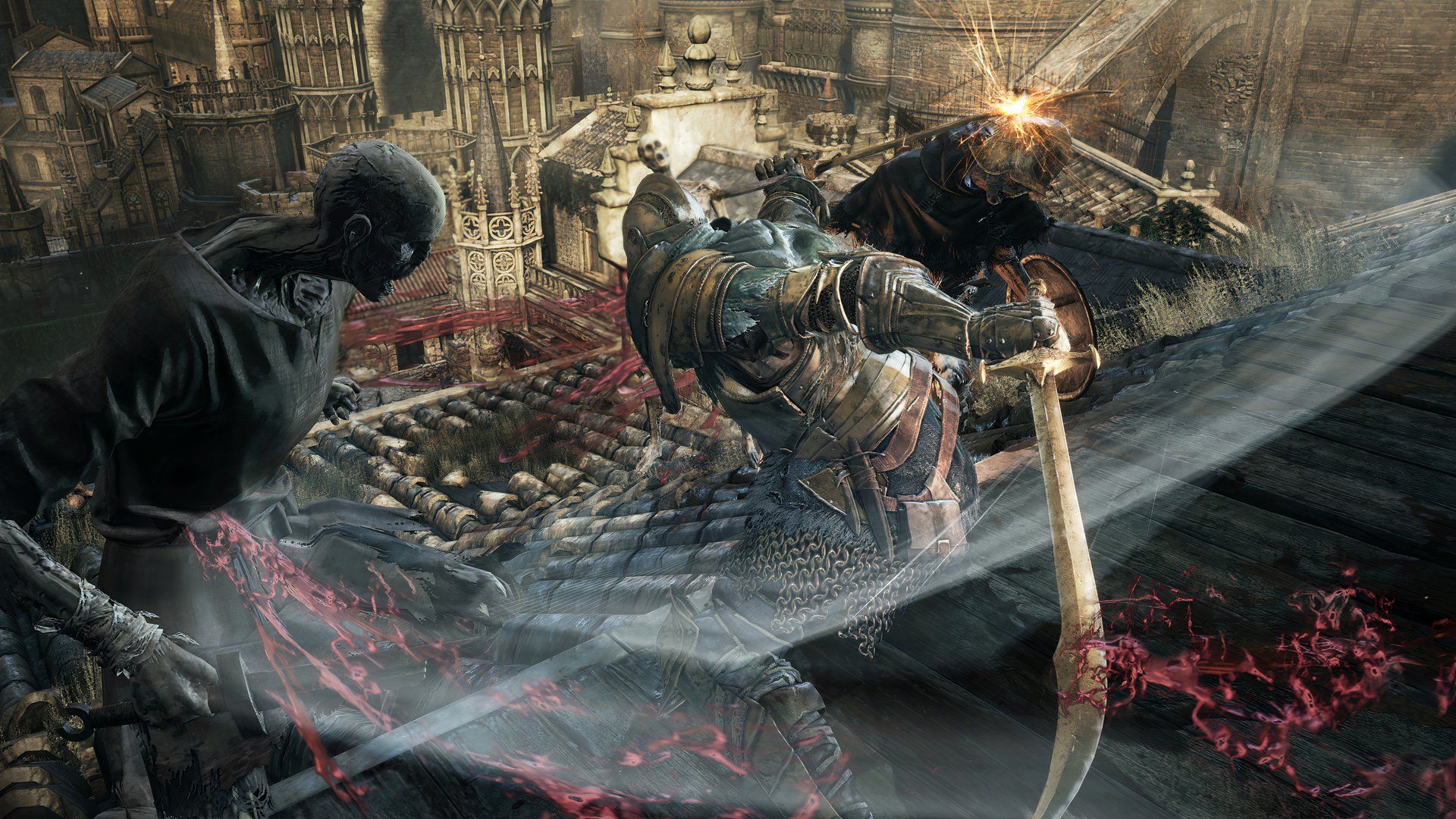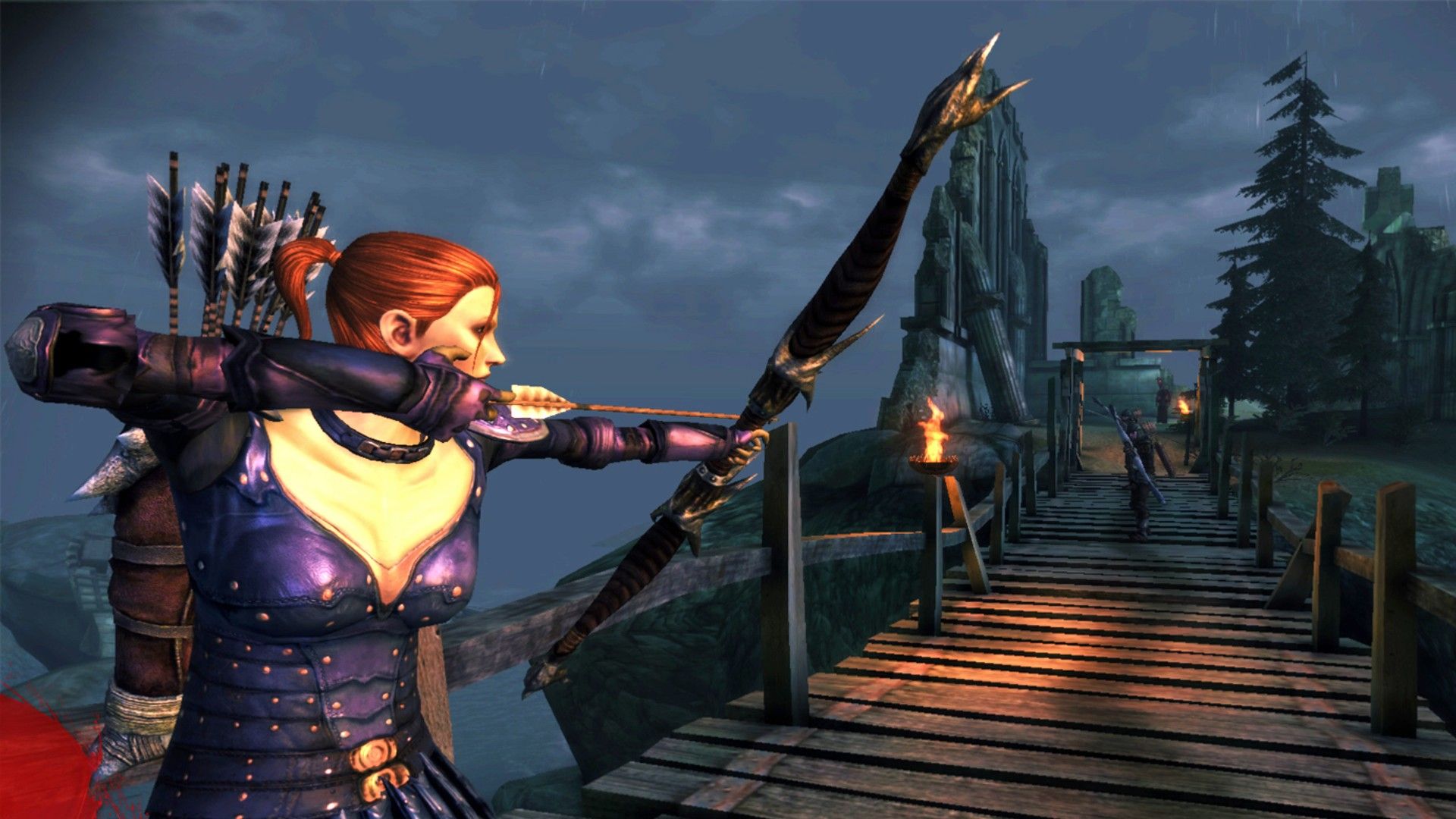Summary
- Easy mode is fun since it helps characters feel powerful and its casual approach makes it easier to focus on storyline and characters.
- Some games have thoughtfully designed hard modes that change the gameplay in meaningful ways, forcing players to experiment and take different approaches.
- Starting on the hardest difficulty and scaling back ca be a lot more enjoyable than sticking to one difficulty.
If, like me, you were turned off by hard modes as a kid and didn’t go back for years, you are likely missing out without ever realizing it. Hard modes don’t just pump up the difficulty, they can change a game entirely. Try doing what I did and give the harder modes a shot—you won’t regret it.
Playing Games on Easy Mode Is a Lot of Fun
Playing in easy mode is fun for more reasons than just avoiding frustration. The feeling of effortlessly overcoming challenges, defeating enemies with ease, and watching a satisfying collection of loot build up creates a special power fantasy. It also shifts the focus from merely surviving to enjoying the game’s world and story.
Easy mode lets players focus on the game’s narrative and background. There’s less pressure to master combat systems; players can soak in the storyline, enjoy the well-crafted dialogue, connect with characters, and explore the worlds that developers have created. Games like the Mass Effect Legendary Edition are great for this, as players can appreciate the intriguing characters and grand storyline without the constant worry of being killed suddenly.
Players aren’t constantly pulled away by the need to strategize or execute every move perfectly; instead, they can genuinely connect with the world and characters. Similarly, open-world games like The Witcher 3 offer a greater chance to appreciate the lore when playing in easy mode. Exploration and side quests are no longer made more difficult by the enemies constantly spawning.
There are valid arguments that some games have gotten too easy, but I’d say there are many exceptions. Sometimes it makes more sense for the game to be easier, as some characters are supposed to be overpowered compared to the regular enemies in the world. This feels more true in easy mode when there is more time to react, and the power difference is clearer.
This is particularly attractive to players with limited gaming time or who prefer a more relaxed experience. Life gets busy, and easy mode allows players to enjoy a game’s full story and additional content without the frustration of repeated failures.

Related
How to Play More Video Games When You Have No Time
Everyone wants to play games, but nobody has the time.
Without the constant threat of losing, players can progress at their own pace, appreciate the surroundings, and take in details they might otherwise overlook. Even those who struggle with certain game mechanics can still find a sense of achievement by choosing an easy mode.
Some Games Have Great Hard Modes
Some games improve the experience with carefully designed hard modes beyond just making enemies tougher. For example, in Arkham Knight, the hard mode makes enemies more alert and aggressive, turning stealth from a useful option into a necessary survival tactic. It also turns off the hit indicator, so you have to learn how to counterattack without it.
This extra challenge pushes players to make full use of Batman’s tools and skills, rewarding those who master the game’s combat and gadget systems. The result is a much more satisfying experience compared to easier difficulty levels. You really feel like Batman by the end of it.
The effect of increased difficulty isn’t limited to stealth games. Racing games like Mario Kart also benefit from hard modes that test quick reflexes and smart decision-making. At higher speeds and with more aggressive AI opponents, players need precise control, the ability to predict rival moves, and clever use of items to win.
Similarly, RPGs like Dragon Age use hard modes to make battles more strategic. Enemies become stronger, with more abilities and attack patterns, forcing players to think carefully about their team setup, manage resources wisely, and understand each character’s strengths and weaknesses.
Hard mode needs to be well thought-out and give players a challenge in a way that feels fair. Quicker attacks, smarter enemies, and more powers are normally great staples that developers can use to make better hard modes. Dynamic difficulty does this well, but it’s not something many games use.
The risk-and-reward balance of well-designed hard modes makes success feel incredibly satisfying. The tougher the challenge, the greater the sense of achievement when overcoming it. However, not every game does this, and it makes the switch from easy to hard much more difficult.
Plenty of Games Aren’t Fun in Hard Mode
Many games struggle to improve the player experience with their hard modes, often relying on frustrating design choices. The most common issue is to simply give enemies more health while also reducing the player’s health significantly. This method might seem like it makes the game harder, but it actually changes the gameplay in a negative way.
To be frank, it’s lazy and unimaginative. Instead of requiring smart strategies and skillful play, it turns the game into a boring cycle of mindless button-mashing. Players end up stuck in a loop where they keep hitting enemies, watching their health bars drop very slowly, only to die quickly from a single enemy attack that often can’t be avoided. This repetitive process doesn’t feel rewarding, and since the gameplay mechanics don’t change meaningfully, the experience can feel empty.
This “health-sponge” design often makes players ignore other parts of the game’s mechanics. Why try different weapons, abilities, or strategies if the main gameplay just involves hitting enemies for a long time? The excitement of beating a challenge through skill and creativity is replaced by the annoyance of grinding through fake difficulty. Players eventually care less about learning the game’s systems and more about just surviving long enough to finish.
Some games are especially known for their badly designed hard modes. The Elder Scrolls series is the worst offender I’ve seen. Enemies on higher difficulties just take more hits to kill, and that’s really it. It would be different if the combat wasn’t so boring to begin with, but this makes the already repetitive fights even duller.
Just making numbers (like health) bigger doesn’t make the game more fun or engaging. A good hard mode should provide a real challenge that pushes players to master the game’s mechanics to do better, not become a grind with the “health-sponge” method. Even letting players adjust difficulty settings would be better than this.
Start Games on Hard, Then Scale Back
Starting a video game on the hardest difficulty might seem intimidating, even overly punishing to some, but it can lead to a much more satisfying experience. This approach goes against the usual advice of starting with easier modes to get comfortable with the game. Instead, jumping straight into the highest difficulty pushes players to fully engage with the game’s core mechanics right from the beginning.
Being thrown into the toughest challenges forces players to think carefully about strategies and how the game works. Rather than casually moving through tutorials and early levels, players must immediately make the most of every tool and ability available to them. This leads to a much deeper understanding of the game’s systems and what it has to offer.
Easier settings often simplify or hide mechanics, making it easy to miss how well the developers made those features of the game. By starting on hard mode, you find details that might be ignored or made pointless on lower difficulties. The early struggle also pushes you to learn the controls inside and out, try every possible gameplay option, and think critically about your approach.
This could mean testing different weapon setups, finding weaknesses in enemy behavior, or managing resources more carefully. Mastering these mechanics creates a much stronger sense of achievement than simply breezing through the game.
Some people don’t like to adjust difficulty after starting a game, and I try not to as well. However, lowering the difficulty shouldn’t be seen as a failure but as a smart way to keep the game fun. If the challenge stops being enjoyable and starts feeling unfair or exhausting, there’s no shame in stepping back.
Once you have your preferred difficulty, you’ll have a lot more fun playing through games. I have played Dragon Age: Origins on hard and easy, and the game is so much more fun on hard. Try out your favorite games on hard mode if you haven’t yet, and you’ll see there’s a lot more to them than you’d see at first glance.



